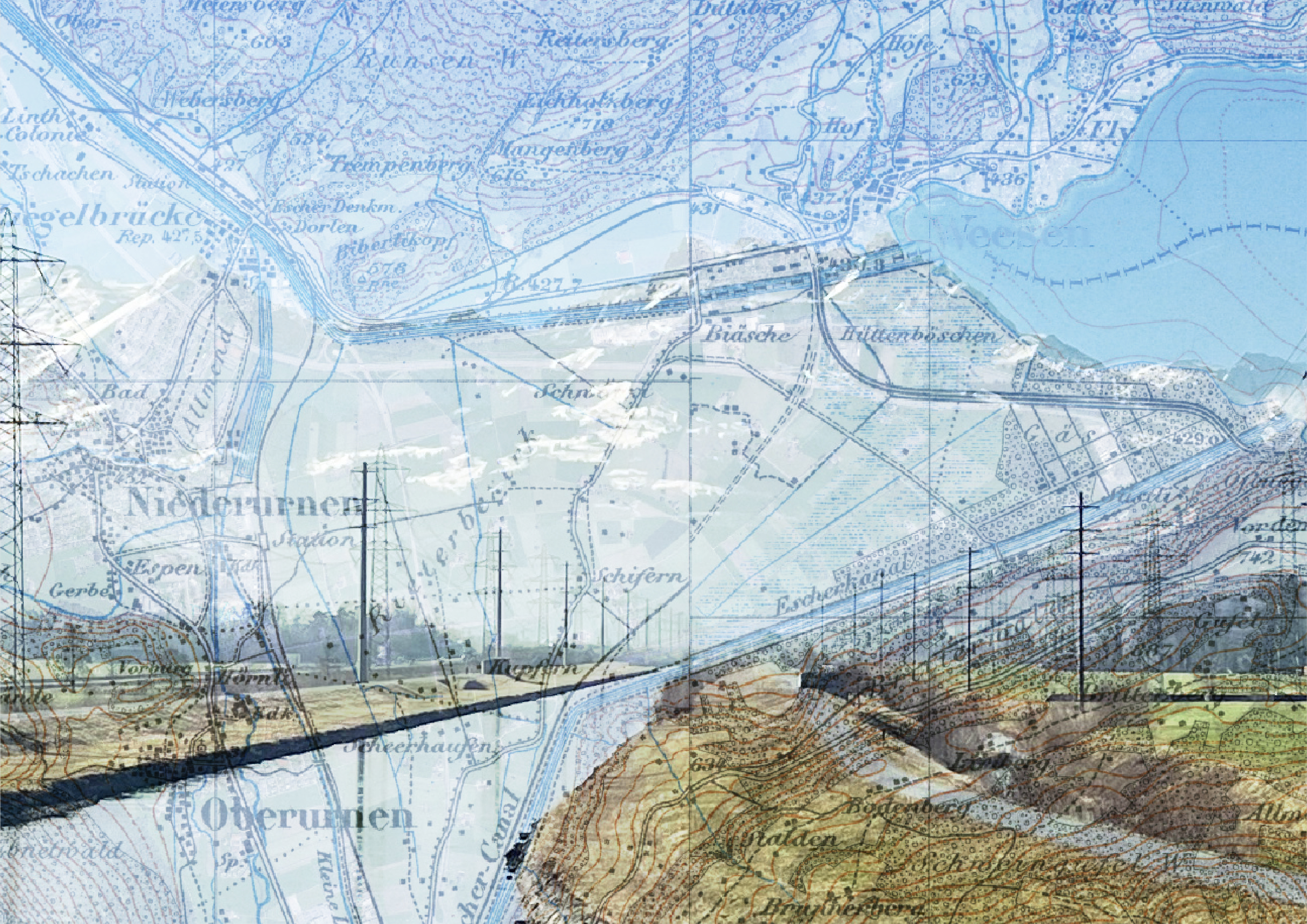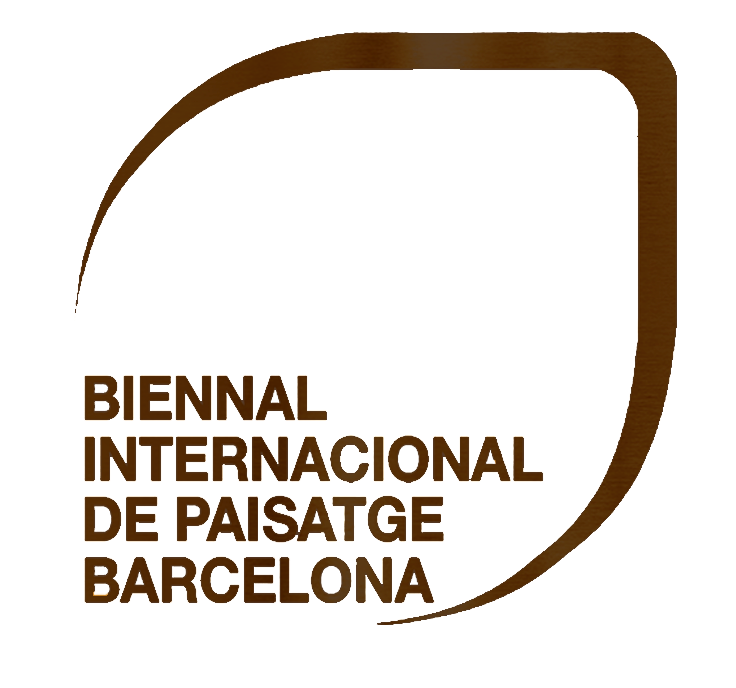
Design Studio Voser
Liminal, orchestrating landscape dynamics in the Linthebene / Traces, projecting new thresholds and shorelines for Biel/Bienne
ETH Zurich
Teaching landscape architecture means fostering a way of working that is grounded in process, encourages thinking across scales, and embraces a constant oscillation - between precision and ambiguity, between the large and the small, guided by overarching principles while remaining responsive to specific contexts.The selected projects reflect a shared sensitivity to the dynamics of time and temporality, engaging with sedimentation as a formative force in the Swiss landscape, revealing how landscape can emerge by staging and guiding those processes. Operating across scales and degrees of resolution, they unfold the complex interplay of layers that define landscape: water, topography, vegetation, and cultural meaning.The project sites - each shaped by historical river correction in Switzerland - bear traces of large-scale transformation, where dynamic fluvial systems were replaced by infrastructures of control. The projects critically reflect on this legacy and explore ways of re-engaging with these altered landscapes – searching for new relations with the littoral. The design emerges through an iterative interplay of digital methods and manual techniques, each offering distinct readings of space. These readings generate knowledge that is interpreted and translated into spatial expressions that aim to reveal often intangible atmospheric qualities.In dialogue with the Biennial’s theme “Natural Intelligence?!”, these works position landscape architecture as a practice that harnesses the power of natural processes and understands design as a means of controlling them – form and impact. The aim of any intervention is to install new processes so that multi-layered habitats for flora, fauna and humans can establish themselves.
